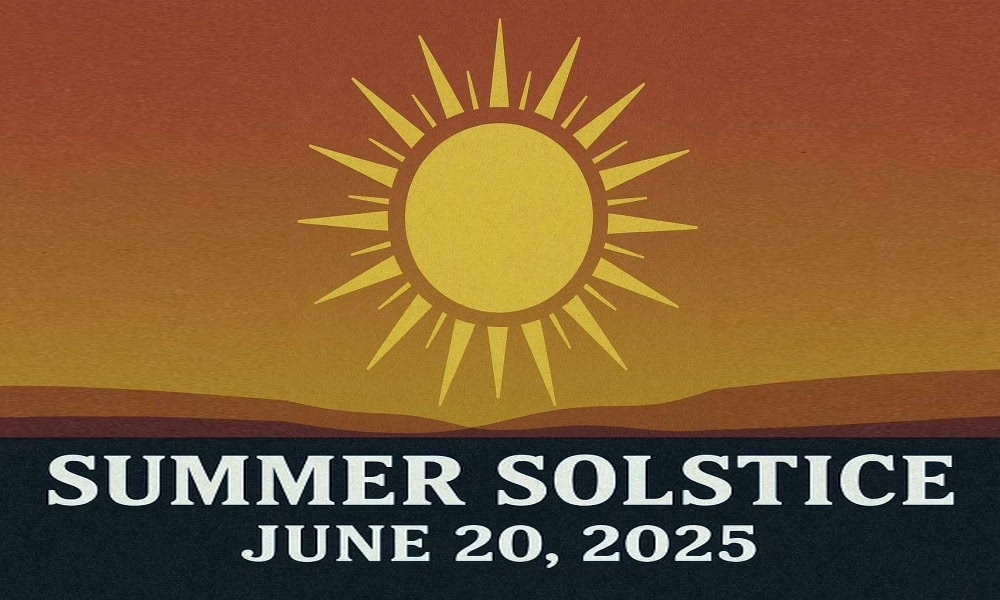
The summer solstice is the longest day of the year in the Northern Hemisphere. In 2025, it will occur on Friday, June 20, at 9:42 p.m. Central Daylight Time. This astronomical event marks the official beginning of summer and has been celebrated by cultures around the world for thousands of years.
The summer solstice happens when Earth’s axial tilt causes the North Pole to be at its maximum tilt toward the Sun. On this day, the Sun appears at its highest point in the sky at noon and is directly overhead along the Tropic of Cancer. Because of this angle, the solstice provides more daylight than any other day of the year.
Earth’s axis is tilted about 23.5 degrees relative to its orbit around the Sun. Throughout the year, this tilt causes the Sun to appear higher or lower in the sky depending on the season. On the summer solstice, the Northern Hemisphere experiences its maximum exposure to sunlight. After the solstice, days begin to shorten gradually until the winter solstice in December.
In Texas, the summer solstice means long, hot days with extended sunlight hours, nearly 14 hours of daylight. On June 20, the Sun will rise around 6:30 a.m. and won’t set until after 8:30 p.m.
Although the solstice marks the start of summer, the hottest temperatures in Texas usually don’t arrive until July or August. This is due to a phenomenon known as seasonal lag, where land and ocean surfaces continue to absorb heat even after the maximum sunlight has passed.
Around the world, the summer solstice has inspired rituals, festivals, and myths. In ancient times, it marked a turning point in the agricultural calendar—time to plant, tend, or harvest crops. In places like Sweden, Latvia, and the United Kingdom, Midsummer celebrations continue to be major national events.




